Fur, Feathers, Flowers and More #23
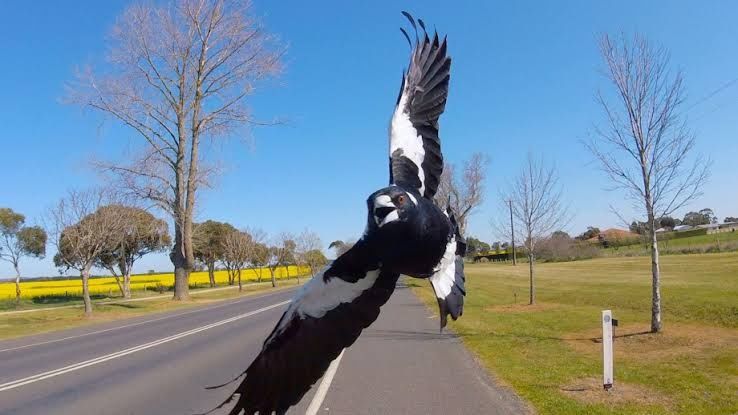
Swooping Magpies About
Aleise spoke to me last Sunday about her experience being swooped twice by magpies on Studley Road near Remembrance Park.
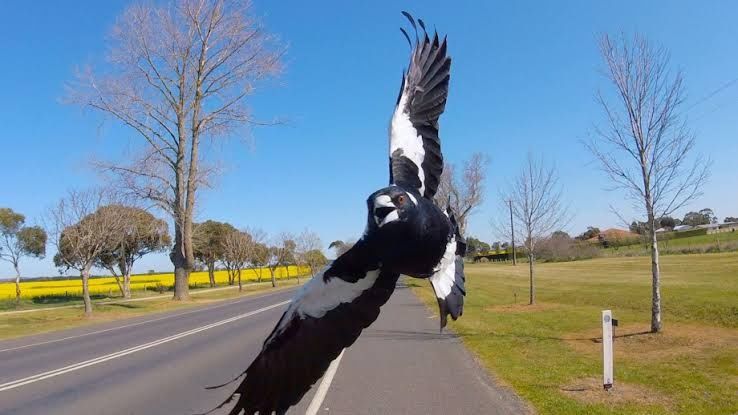
It is nesting season and the birds have become territorial - beware.
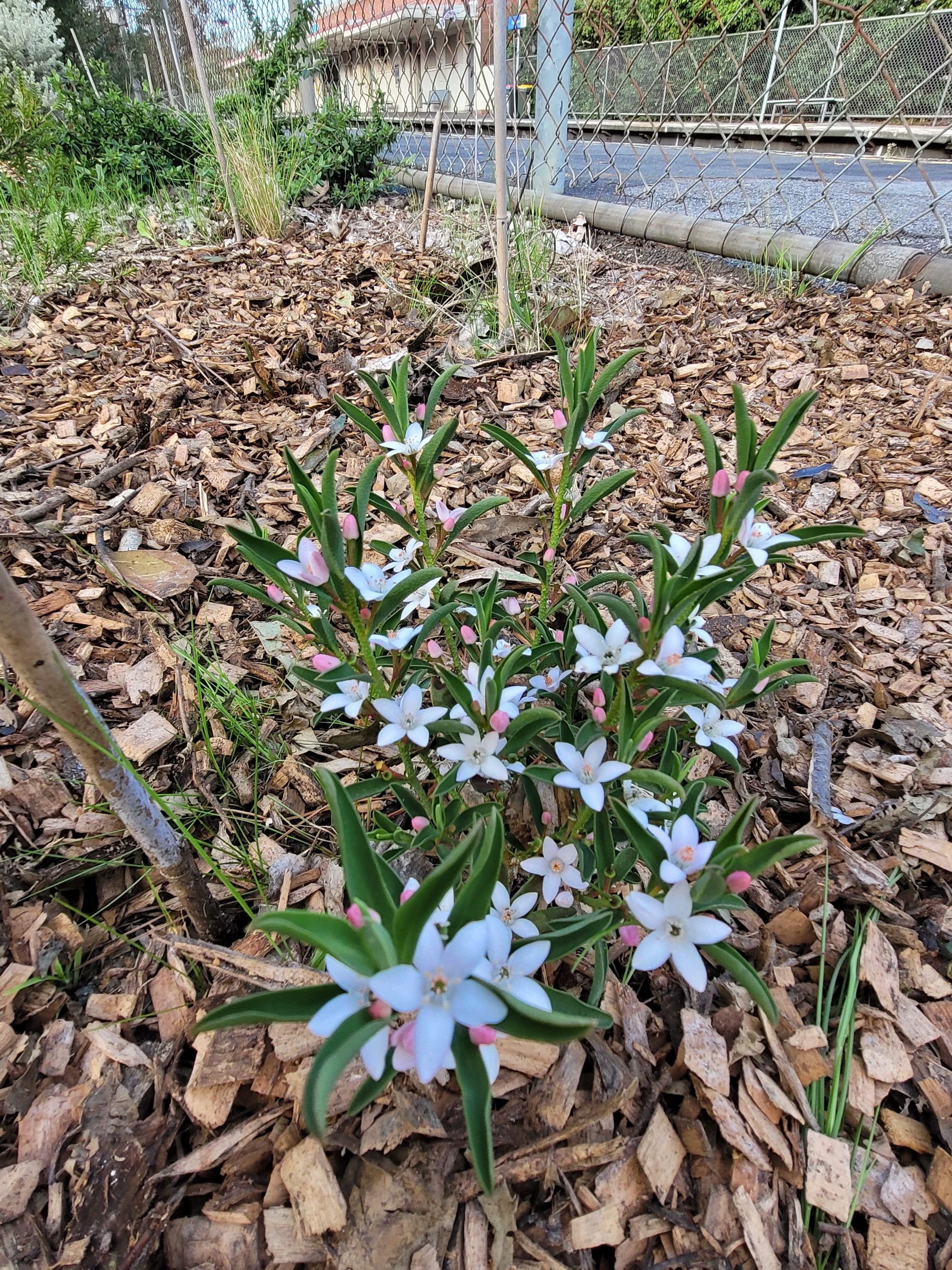

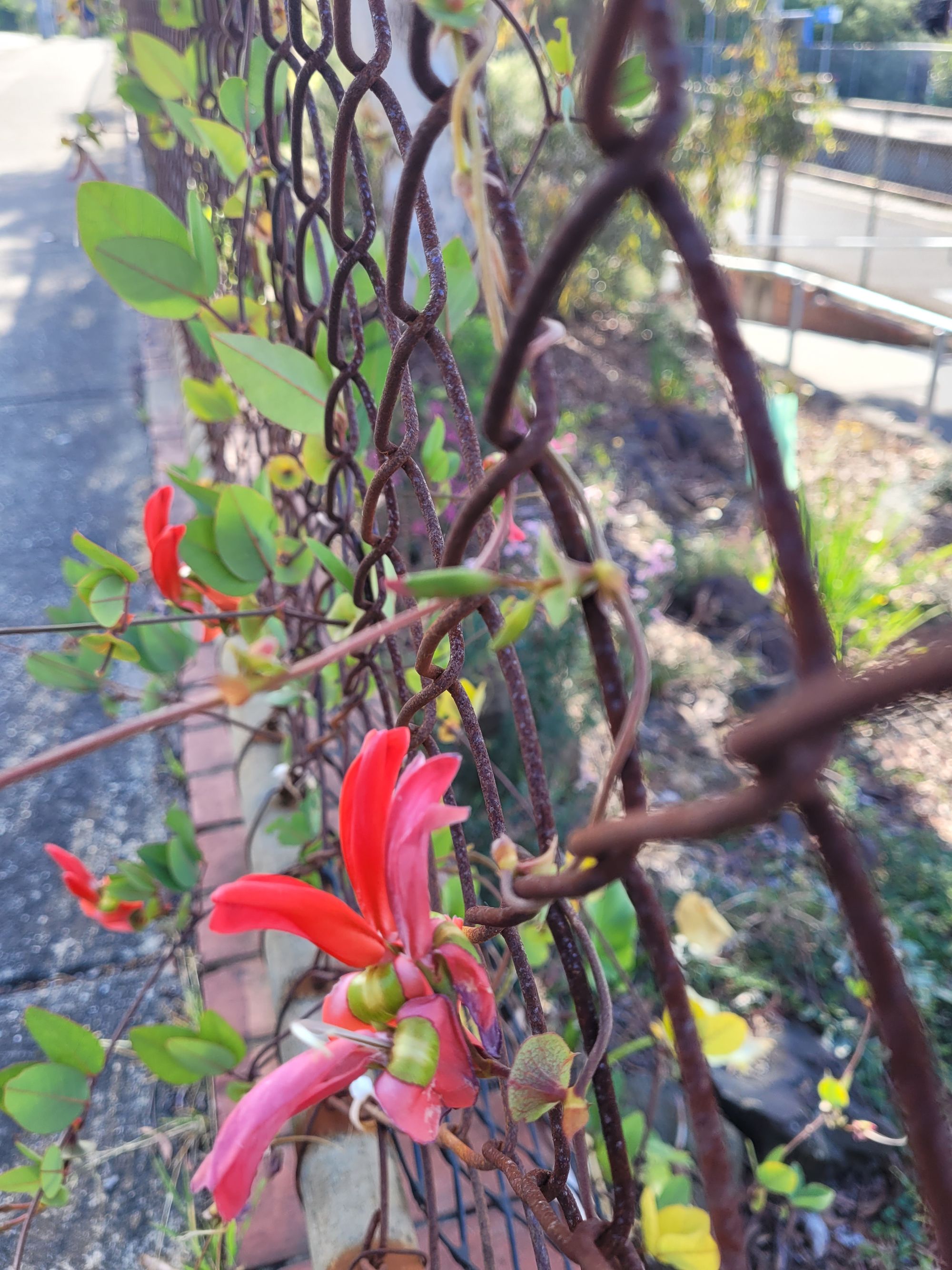
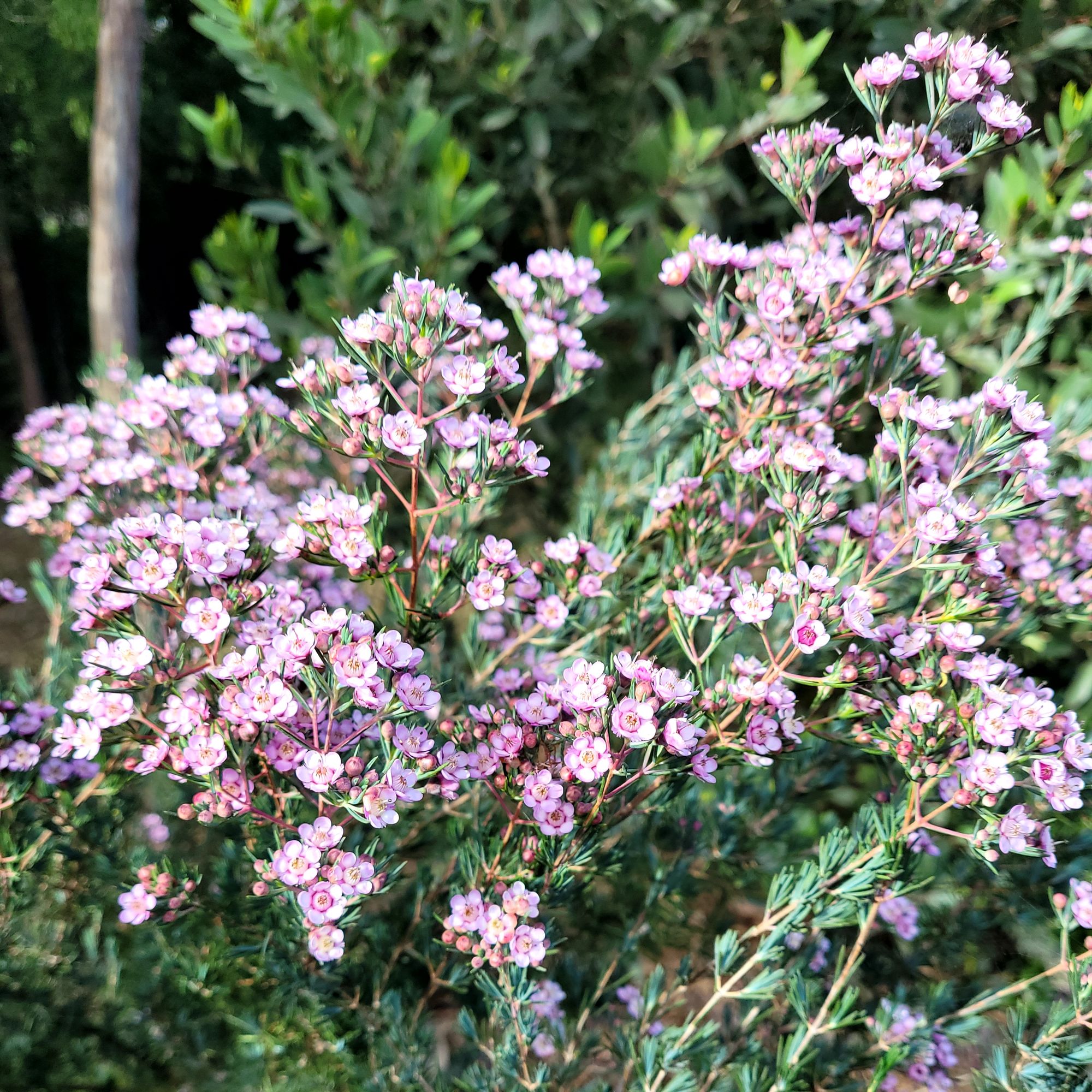
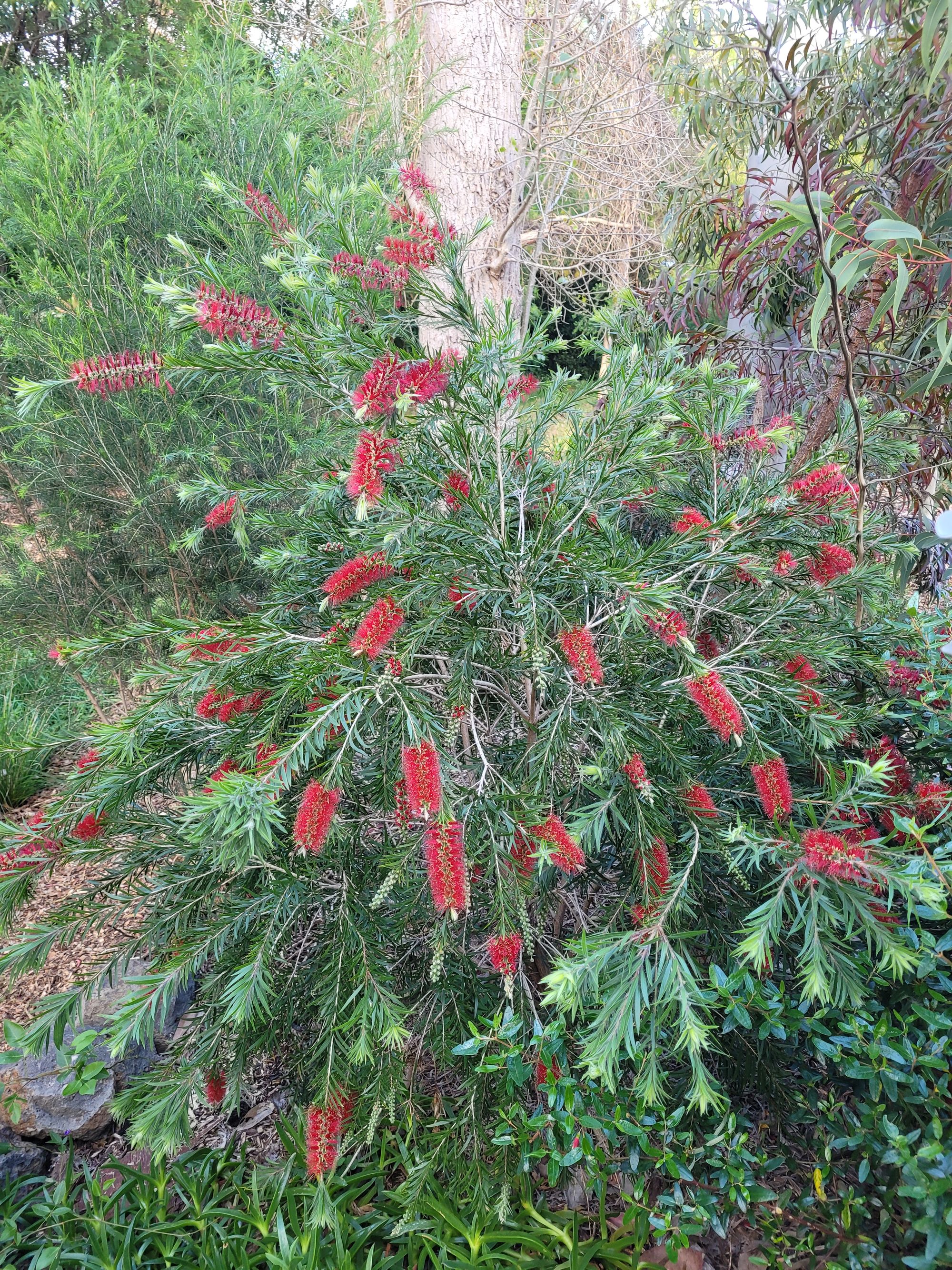
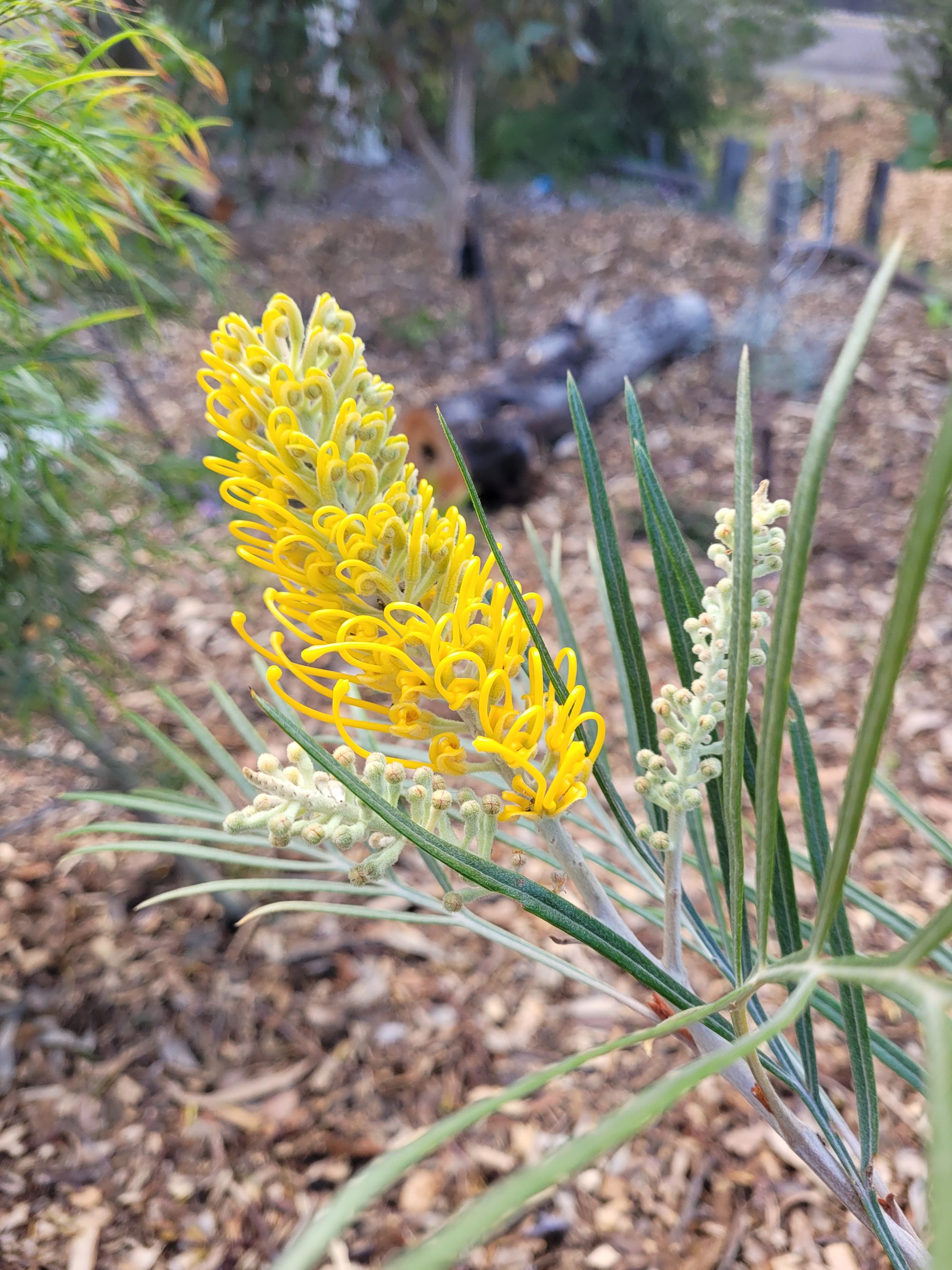
Long-billed Corellas
Last week we featured Long-billed Corellas as Bird of the Week.
Mary V responded on Sunday evening:
"Thanks John.
The long billed Corellas are quite often seen on Ivanhoe public golf course -- they spend most of the time on the ground in foraging mode.
By the way there are some fabulous tree hollows in the big gums on IPGC for nesting sites for birds as large as cockatoos and corellas."
I had not realised until preparing the article that, compared to the other cockatoos, the Long-billed Corellas had such a restricted natural distribution - literally Victoria, with small adjacent portions of eastern NSW & south-eastern SA.
There are some additional populations thought to be resulting from aviary escapes.
Beast of the Week
Echidna
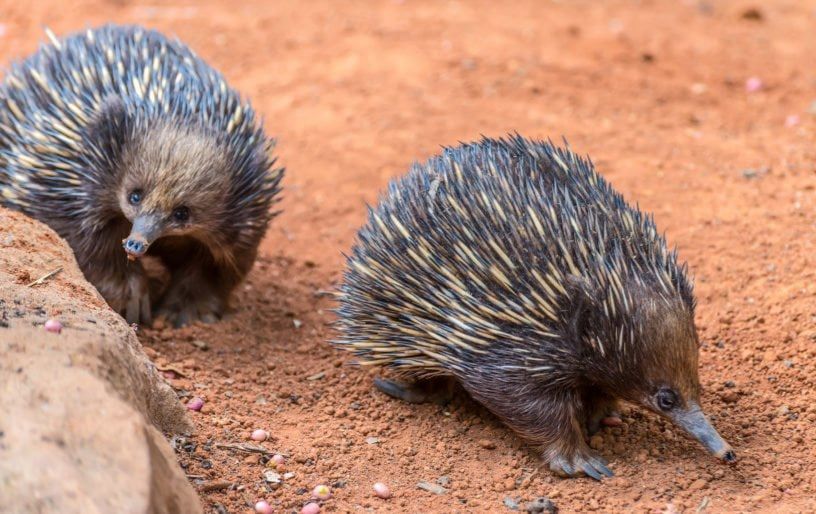
Echidnas are very widespread & regularly seen but very little is known about their biology.
In their breeding season they are much more mobile and become vulnerable to dogs, cats and vehicles.
Their young are called puggles.
Bird of the Week
Wood Ducks
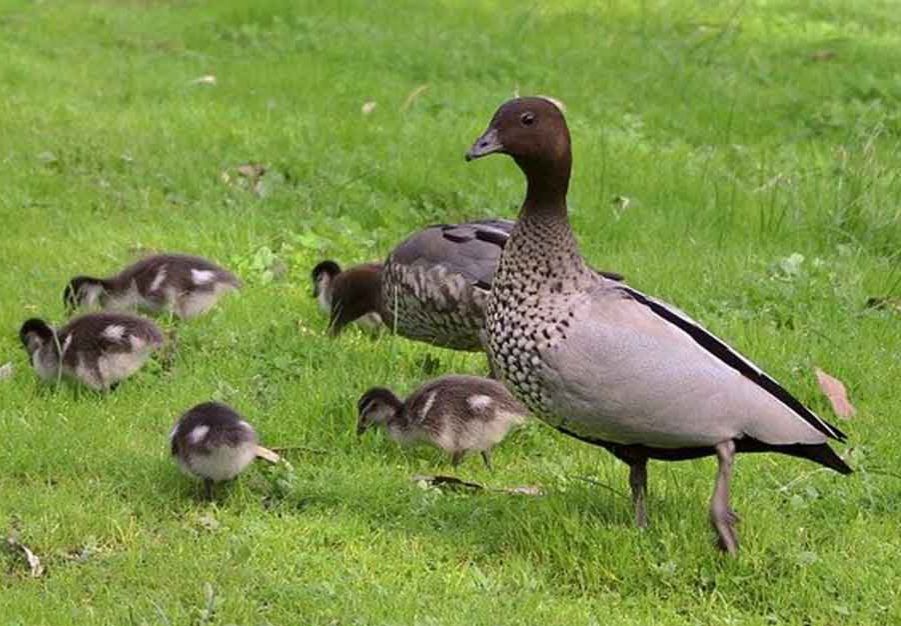
What we commonly refer to as wood ducks are actually geese - this version is called the maned goose.
They nest in hollow trees, and feed by grazing grassland. Ducks feed in water and nest on the land.
Wood ducklings (goslings?) famously jump down from the trees of their birth from considerable height at the behest of their mothers.
Injuries are miraculously avoided despite the tiny fluffballs having no flight feathers!
The family then head off in search of grassland - crossing busy roads often with the help of compassionate impromptu traffic wardens.
Flower of theWeek
Kennedia Prostrata
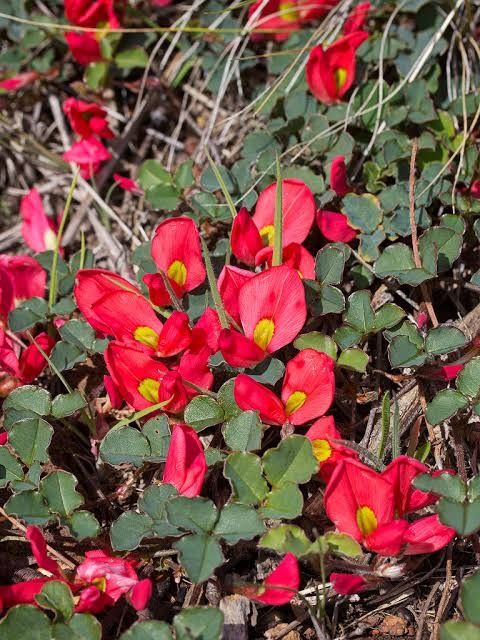
Commonly referred to as Running Postman, this understated groundcover should find a place in every garden.
Member discussion